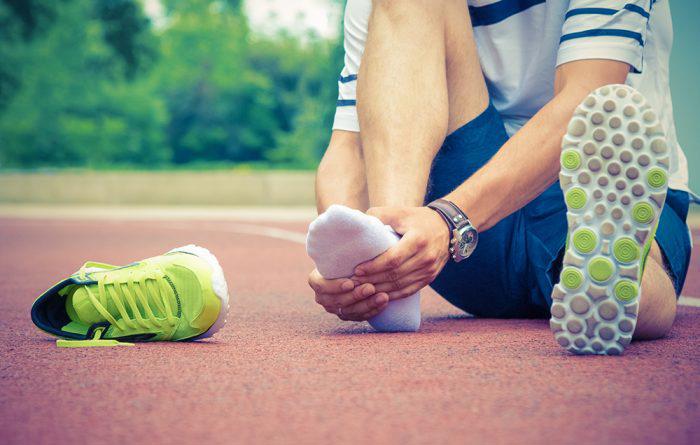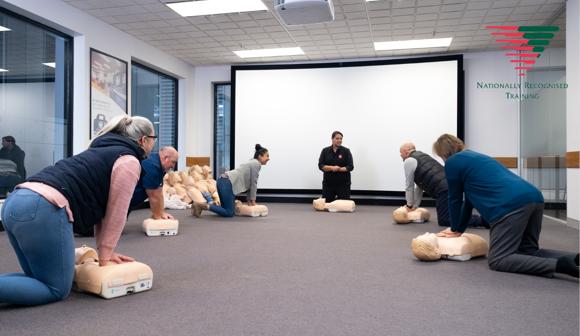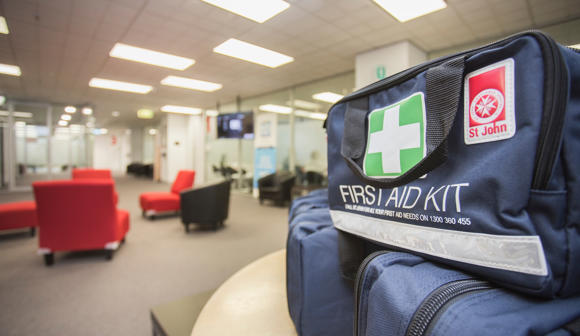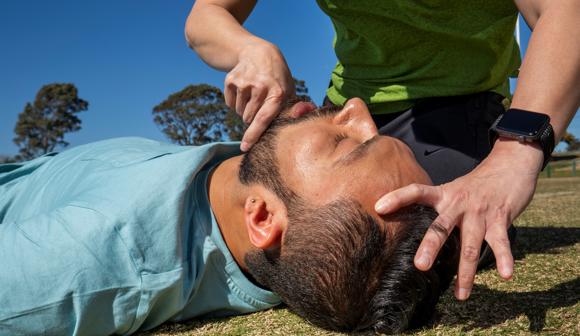First Aid For Blisters

Summer has officially arrived and naturally, it has Aussies around the nation bursting to get outside and embrace some of the country’s most beloved sporting activities. Victorians, in particular, are not about to let a summer’s day go to waste so once the season launches it’s all about backyard cricket, tennis tournaments, golfing extravaganzas and just about anything that gets you up on your feet and out in the sunshine.
Living an active lifestyle has very few downfalls but one which every Aussie is bound to know all too well is the dreaded blister after a long day of sporting activities. A blister can inflict a considerable amount of discomfort and can be quite debilitating when it comes to physical activity so it’s important as an active Australian you know how to provide First Aid for blisters.
Causes
The most common blisters are caused by continuous friction between the skin and clothing or equipment. But blisters can be caused by a number of factors:
- Wearing footwear without socks or with poor fitting, low-quality socks
- Excessive rubbing whilst holding objects such as sports racquets (tennis racquet, cricket bat, golf club or hockey stick) gardening tools (rake, shovel, pick), or handy tools (hammer, saw)
- Steam, heat, chemicals or sunburn
- Allergic reactions to irritants
Signs and Symptoms
Once a blister has developed you can identify it from the following signs and symptoms:
- A lump which is filled with clear fluid or blood
- A reddened, sore or itchy area of the skin
First Aid For Blisters
To ease discomfort and avoid infection follow these 7 simple steps for First Aid for blisters:
- Apply clean medical gloves to minimise the risk of infection
- Clean the blister area with saline
- Puncture the edge of the blister at 2 or 3 points with a sterile pin
- Carefully extract fluid without breaking or tearing the skin surface of the blister
- Cover the blister with a sanitary non-adhesive gauze
- Apply padding and tape to secure dressing
- Seek medical assistance if the area increases in irritation, redness, warmth or pain

When To Seek Medical Assistance For Blisters
Blisters can be caused by a number of activities and can involve complications if not treated properly in the initial stages or if caused by severe circumstances. Once you have provided First Aid for blisters you should seek medical assistance if you experience any of the following symptoms:
- If the blister is caused by a burn, scald or severe sunburn
- If the blister begins to weep pus which is yellow or green in colour and/or if it has an unusual odour
- If the area becomes swollen or inflamed
- If you believe the blister may be infected
Prevention
The best ways to avoid suffering from a blister include:
- Wearing moisture-wicking or sports socks to decrease friction and rubbing
- Change wet socks to decrease friction between the skin and material
- Tape an area immediately if you notice it is rubbing and becoming tender
- Wear sturdy work gloves when handling tools such as shovels, rakes, brooms and hammers
- Prevent blisters from sunburn by wearing sun-protective clothing, hats and sunscreen rated as 30+ or above
- Be cautious around steam, flames and hot objects
- Avoid direct contact with chemicals
For many, a great Australian summer is defined by sizzling hot days socialising with friends and family over a friendly, yet competitive, game of sport.
The constant friction between your shoes and feet or a cricket bat and the palm of your hand can cause a blister to appear before you realise just how invested you’ve become in bringing home a win in the annual backyard cricket match with your family or neighbours.
Sometimes the onset of blisters can’t be avoided but to ensure the inconvenient injury doesn’t impact your chances of a golden hat-trick at your next summer cricket match, follow our guide on how to provide First Aid for blisters to guarantee improved comfort and aid the healing process all whilst on your way to scoring bragging rights for the next 12 months.

PROVIDE FIRST AID
Learn how to manage a range of common first aid scenarios.

DO YOU HAVE THE RIGHT FIRST AID KIT FOR YOUR HOME, SCHOOL OR WORKPLACE?
St John has a range of First Aid products to suit any situation.

PROVIDE FIRST AID IN REMOTE SITUATIONS
Learn how to provide First Aid in remote areas where access to medical aid is difficult or delayed, including alpine, desert, marine, rural and tropical environments.
